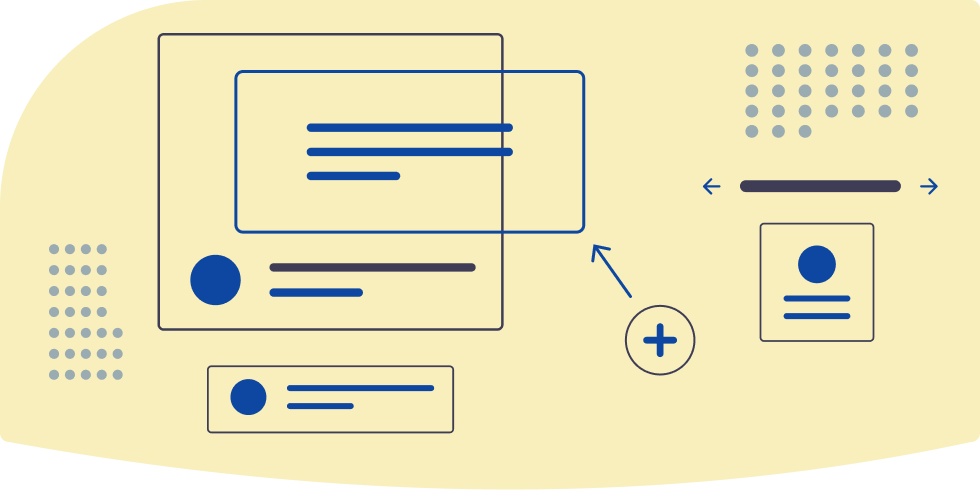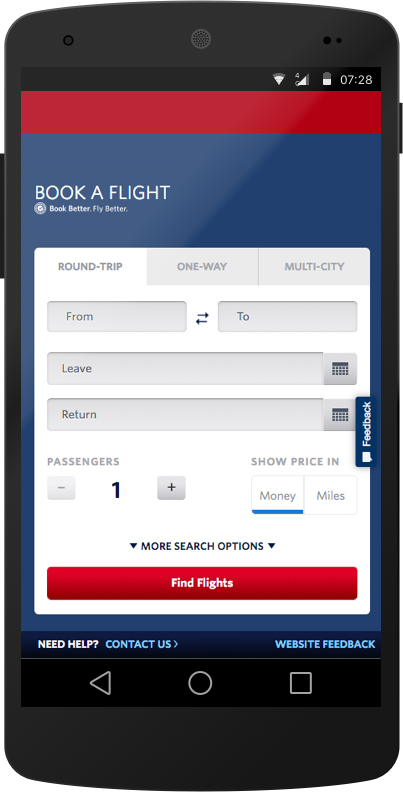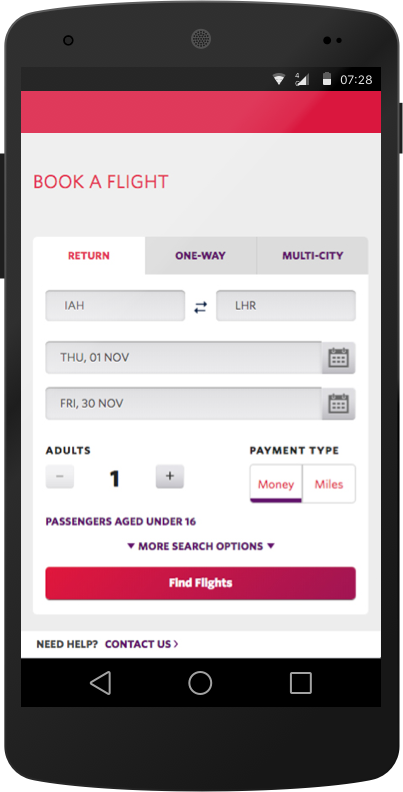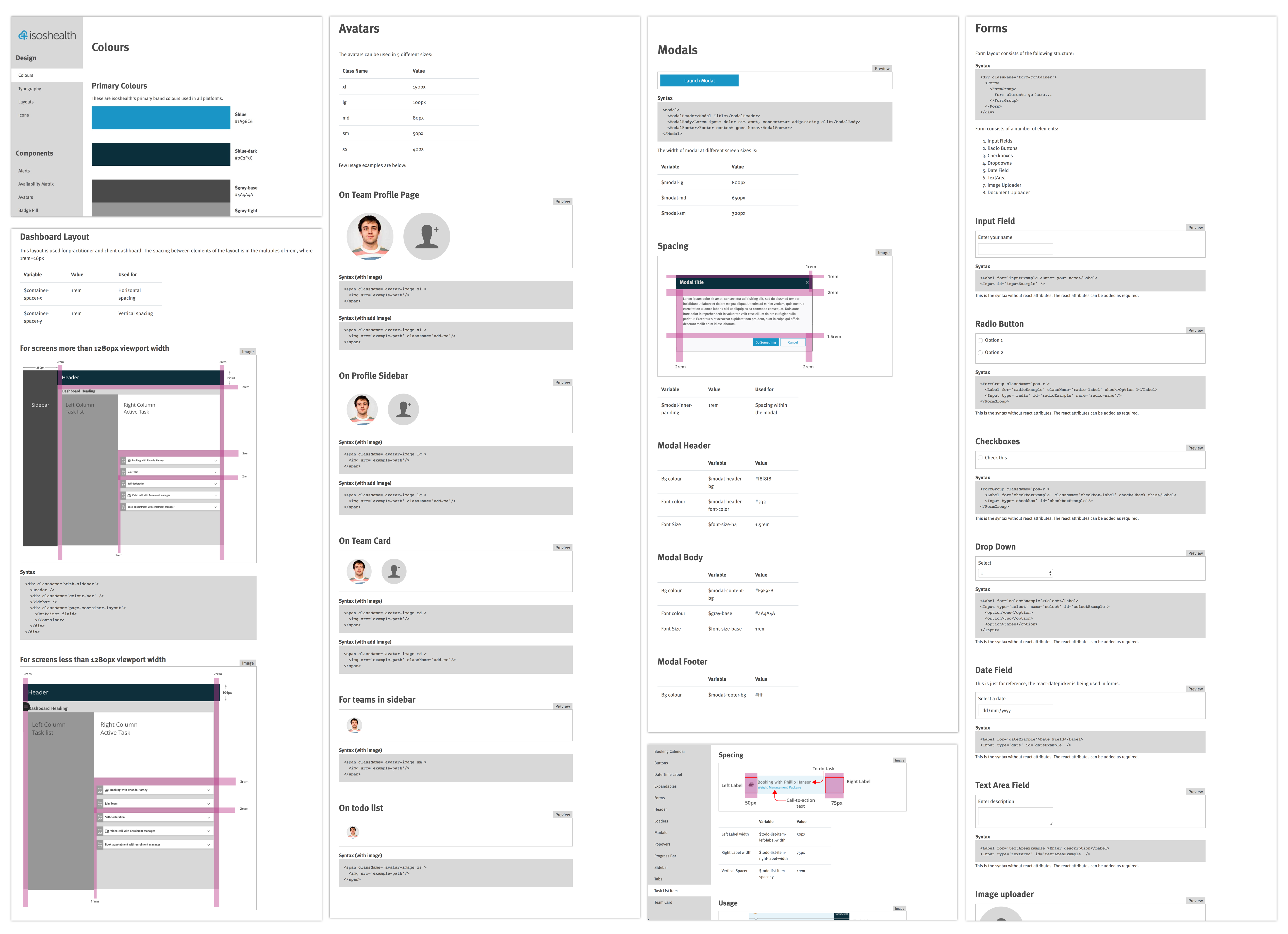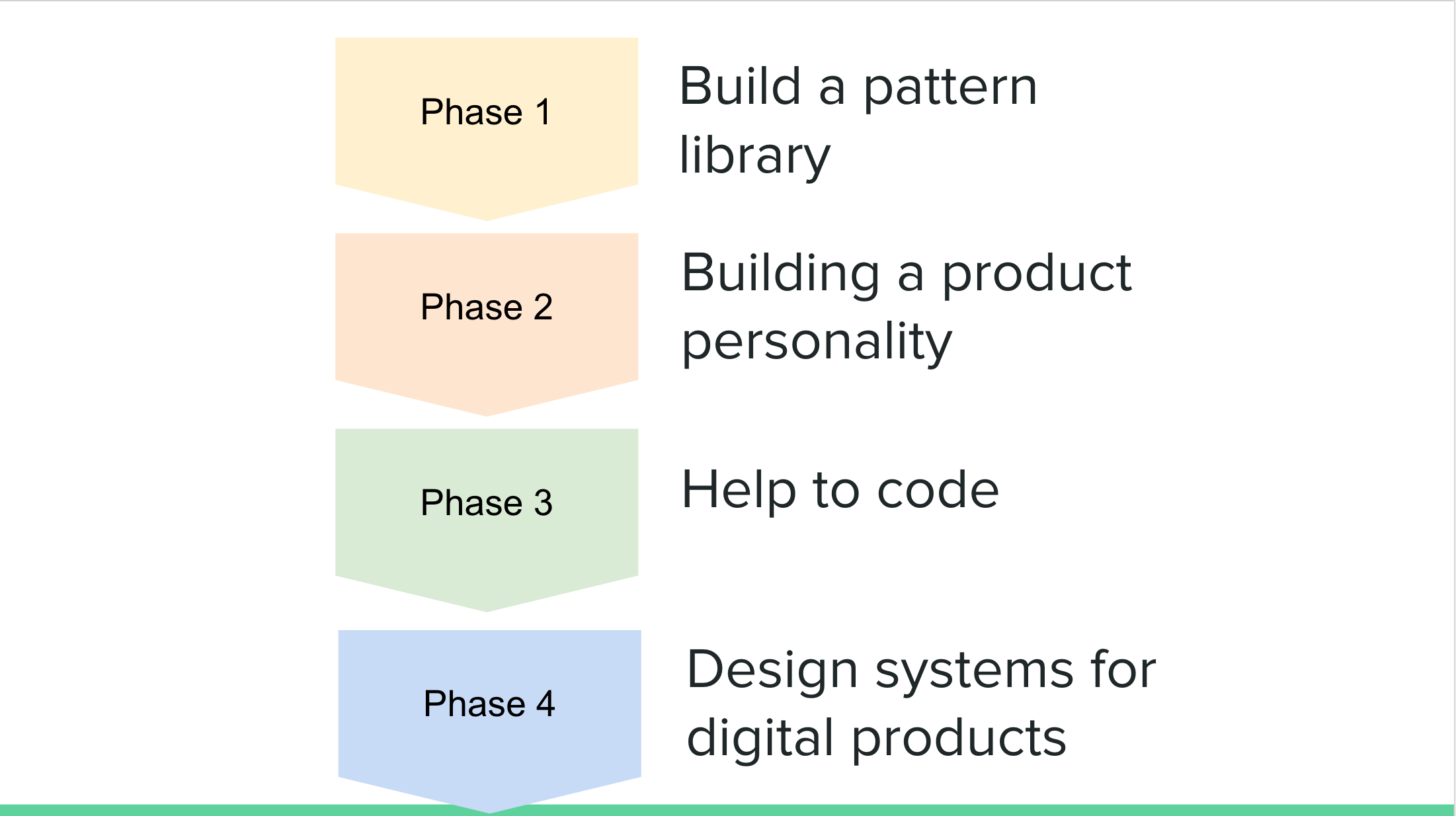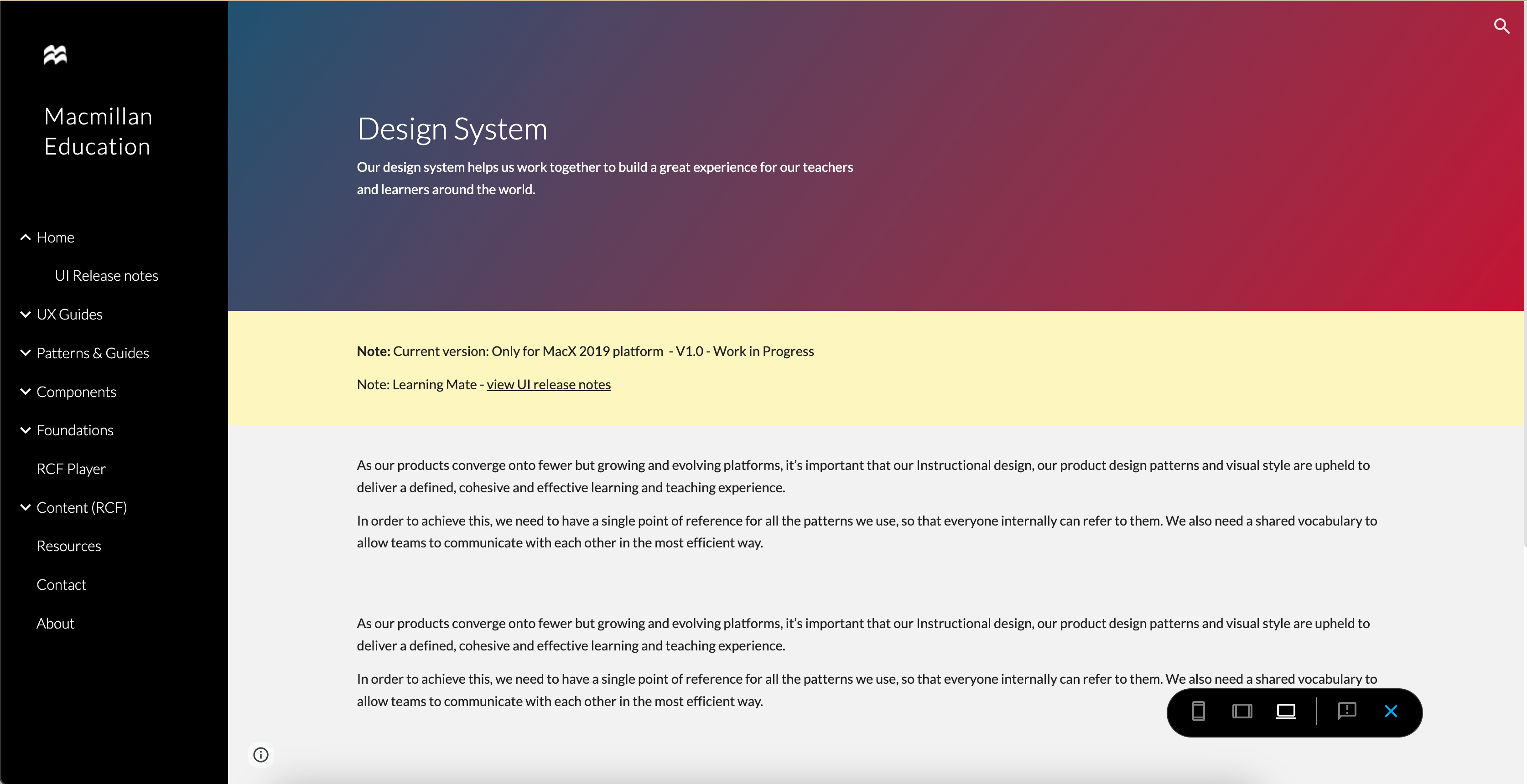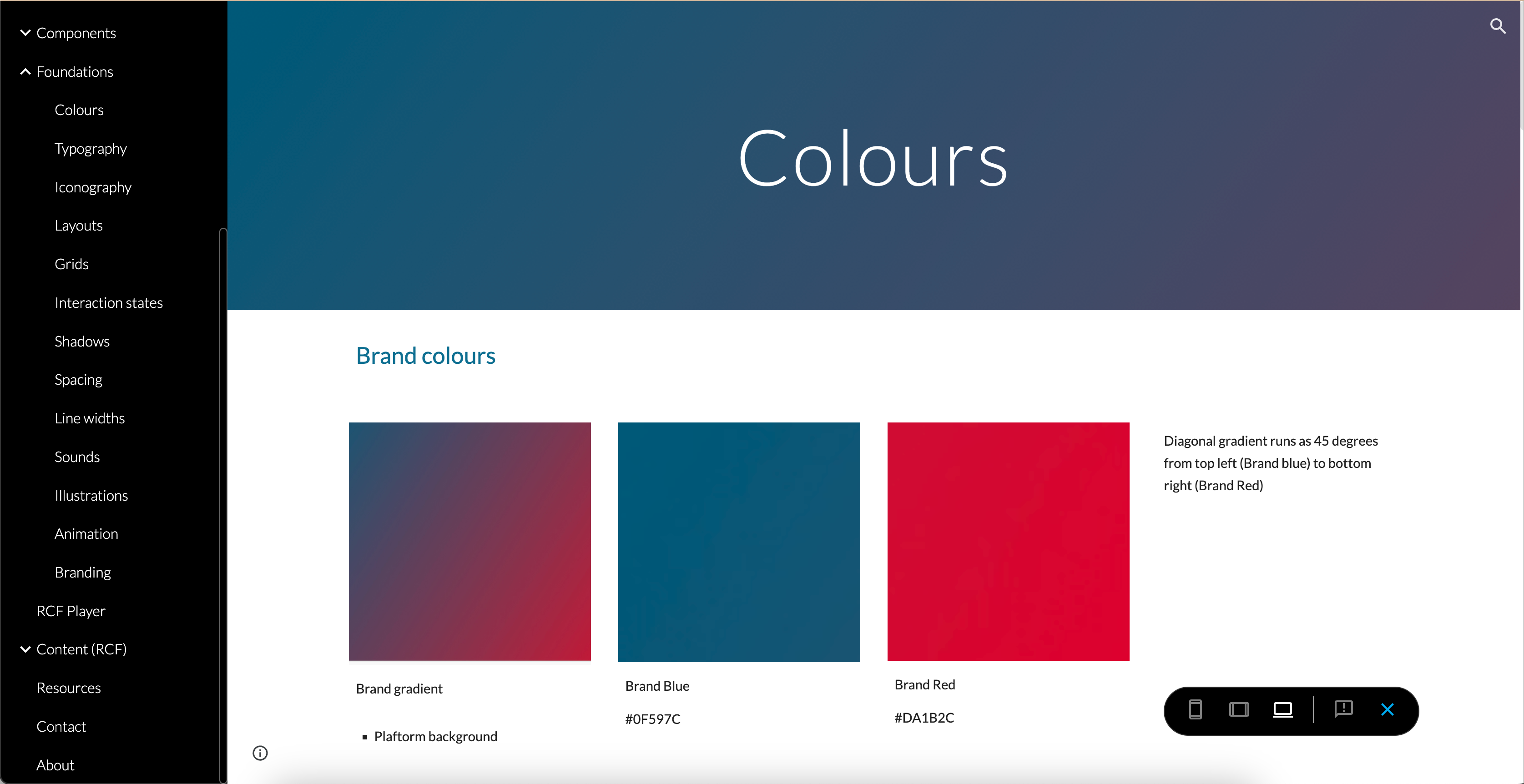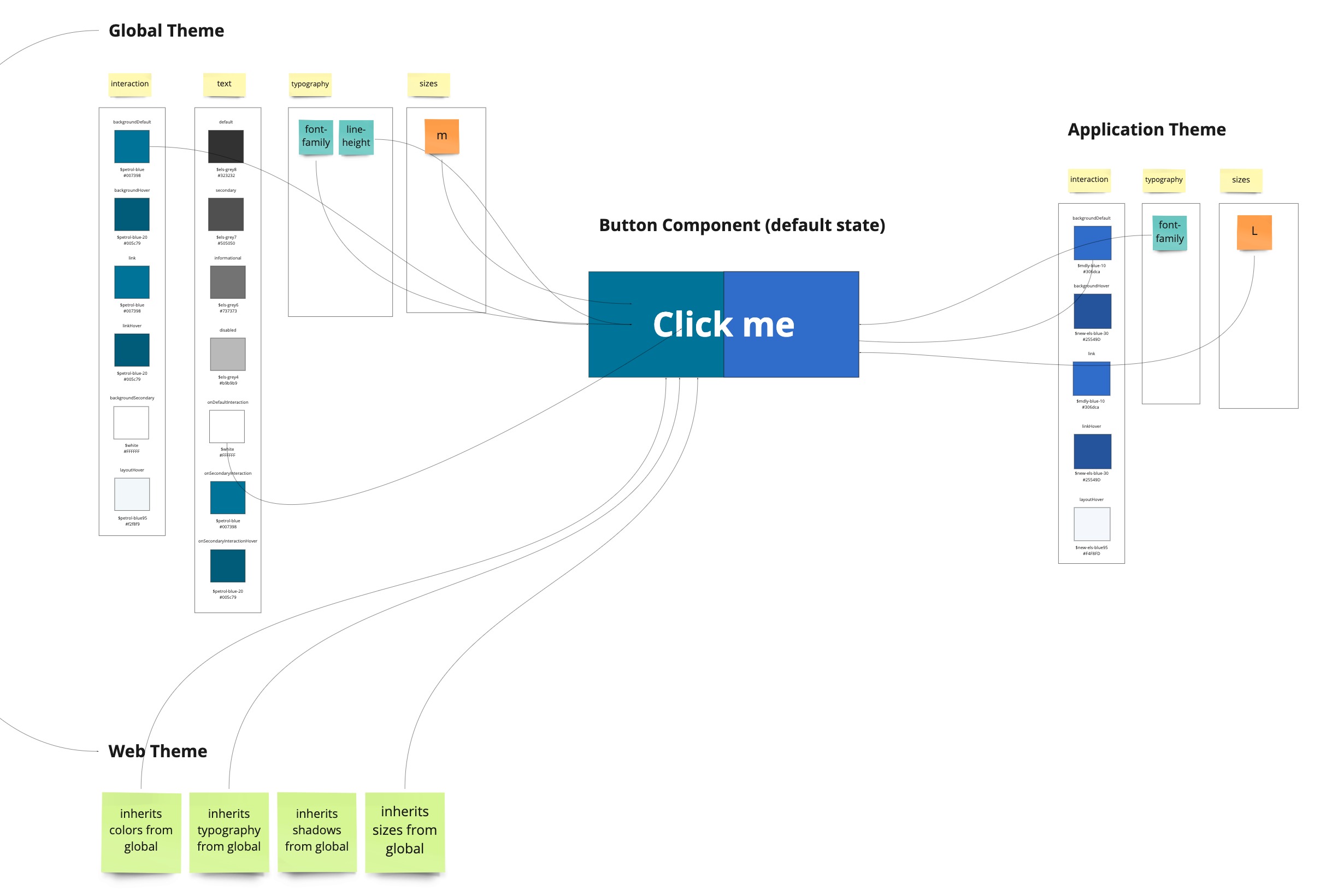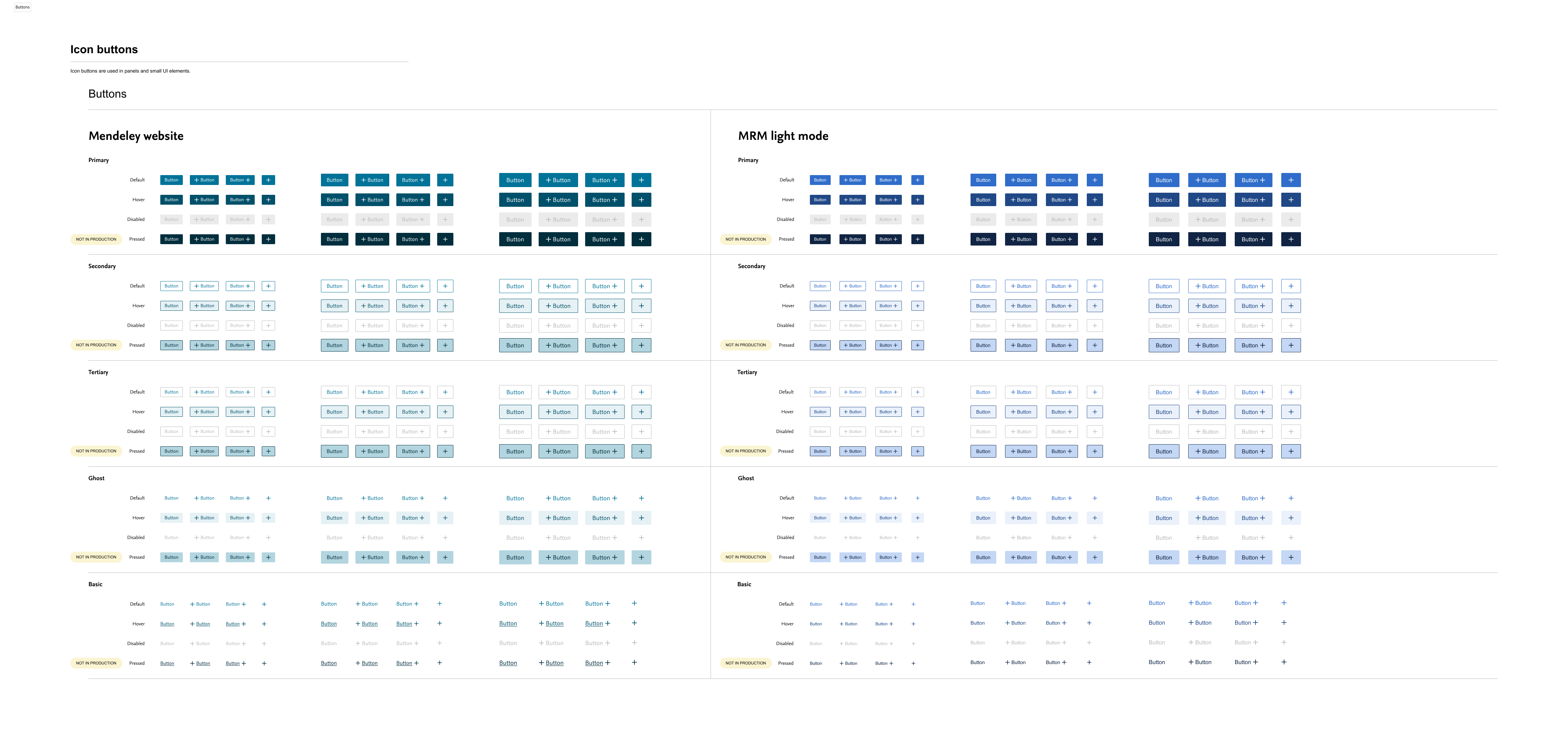Design systems
My passion for design systems began during my tenure as a UI developer at Thoughtworks. Over the years, I have witnessed the evolution of design systems, from style guides and pattern libraries to living style guides, culminating in the sophisticated design systems we use today.
Throughout my journey, I have actively contributed to numerous design systems, spanning various scales and catering to diverse audiences. These experiences have equipped me to handle both high-impact projects and smaller-scale initiatives with equal proficiency.
